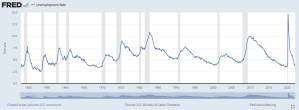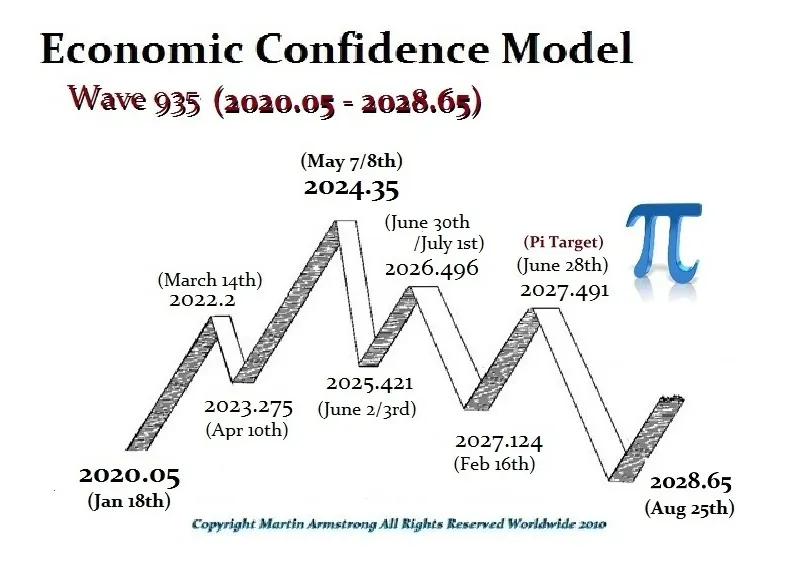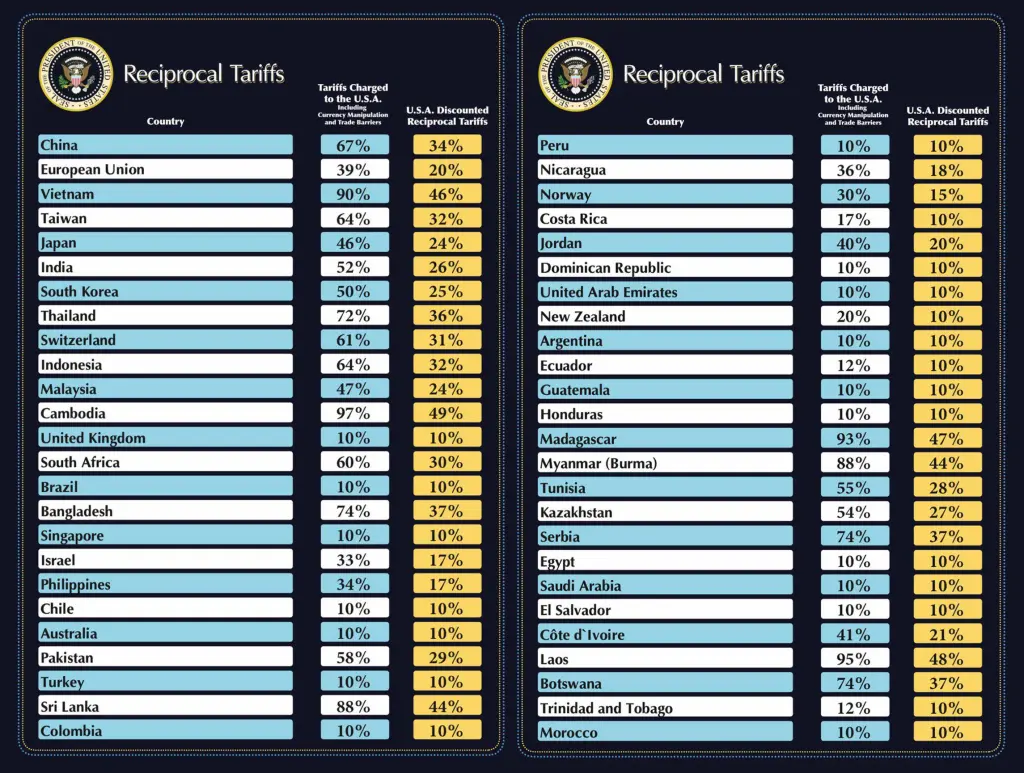The US government consistently lies on their jobs reports released by the Bureau of Labor Statistics (BLS). The agency initially cheered at the 3,140,000 new positions created in 2023, but later revised the figure down to 443,000. But wait, the BLS made another miscalculation in March to the tune of 306,000 jobs. This means that one-third of all new positions added in 2023 were a LIE.
Obviously they fabricated job growth under Biden in the wake of COVID regulations. Of course the economy added thousands of new jobs – you prevented businesses from remaining open for years! The Federal Reserve used this false data for monetary policy, continually citing a strong job market as one of the economy’s saving graces.
These calculations were FAR off to the point where the math cannot be seen as a mere error. The calculations were off for 11 out of 12 months last year. Let us look at history and ask the most important question: has this been done before? YES!
“By the time you include all the monthly revisions and the annual benchmark revision, about one-quarter of all the jobs we thought were added last year have been revised away,” E.J. Antoni, a research fellow at the Heritage Foundation’s Grover M. Hermann Center for the Federal Budget, told the DCNF. “That pattern of consistent downward revisions has happened in two prior recessions. It is a result of market conditions changing too rapidly for the BLS to adjust their methodology, which in turn causes consistent errors in measuring nonfarm payrolls.”
The BLS has continually tailored their method for calculating employment. One of the key surveys used is the Current Population Survey (CPS), which is a monthly survey of households conducted by the U.S. Census Bureau for the BLS. The unemployment rate is calculated as the number of unemployed individuals divided by the labor force, multiplied by 100. BLS creates occupational employment projections in a product called the National Employment Matrix, which describes the employment of detailed occupations within detailed wage and salary categories, including those who are self-employed or employed by a private household. The BLS also develops participation rate projections using data from the CPS conducted by the Census Bureau. So there is inaccurate data coming from multiple places.
In 2023, the agency made changes to its calculations in 2023, including the implementation of a new weight smoothing procedure for state and metropolitan area employment data. They have recalculated this figure for Q1 of 2024 and will check back to see if the numbers are where they want them to be. Procedures for reducing nonsampling errors, such as data collection reinterviews, observed interviews, and systematic reviews of collected data. They claim that falling survey responses are reducing the accuracy of their reports. The agency also claims their statistical calculations are subject to a widening difference between preliminary and final releases.
So they have a general idea of employment in the country when they initially release their reports. Why bother to release them at all until the data settles? They know that the markets jump on anticipation of the monthly jobs reports and central banks and institutions factor that data into their planning.
So coincidentally, the BLS happens to be far off the mark during economic downturns. These must be the same people budgeting for the Pentagon or IRS, as the numbers they provide to the public simply do not matter and no one is ever investigated.











